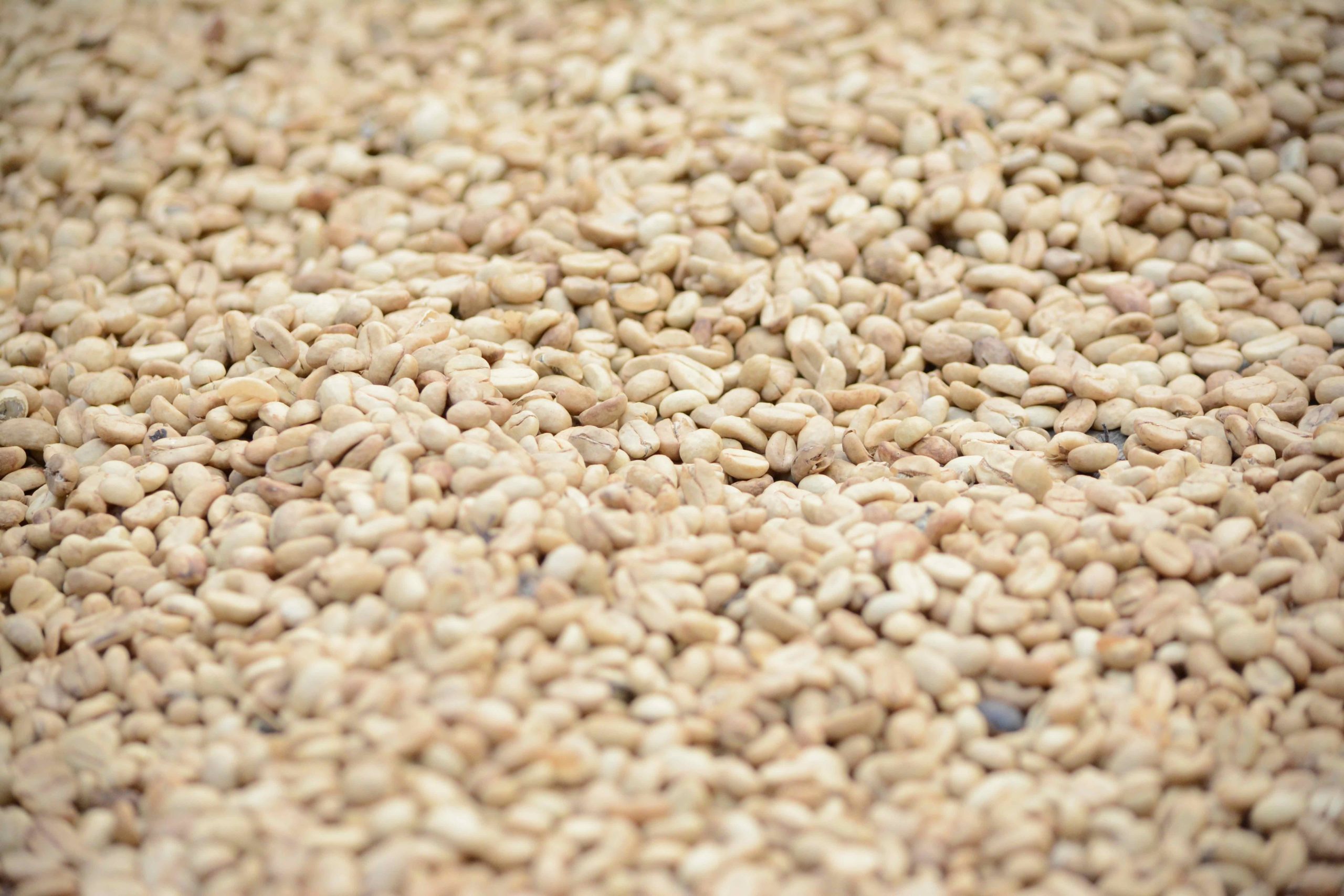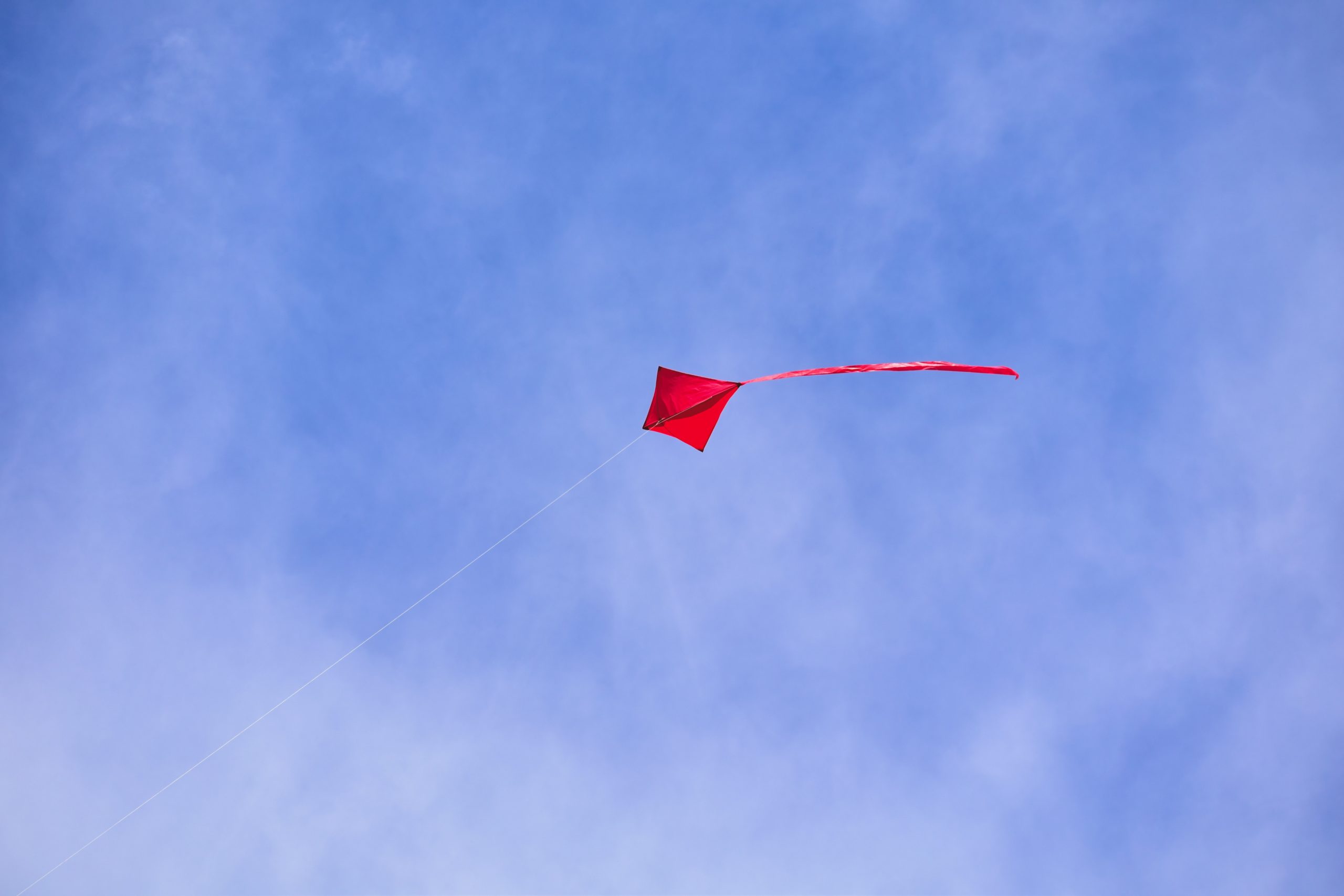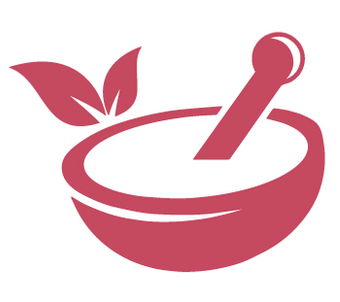
This week, many Hindus will celebrate the festival of Makar Sankranti or Uttarayan which signifies the movement of the Sun northwards leading to longer days, warmer weather, and the beginning of harvest season.
This festival is celebrated in some parts of India by day long kite flying, competitions, and indulging in sweets made from sesame seeds. This festival just like every other festival in the Vedic culture has been deeply rooted with scientific significance. To some, Hinduism may seem full of meaningless rituals but every ritual, no matter how small or insignificant has a significance that links back to our physical, mental, or spiritual health.
As I continue my study of the ancient Ayurvedic texts, I find myself amazed every single time I open up a text at the amount of knowledge that has been packed into each of the Samhitas and how it was even possible to know so much at a time when we believe there were no advancements in science, no technology, amongst other things. Every aspect of human wellbeing has been taken into account and it’s so mind boggling to me especially after having a career in modern medicine. Every time I read a chapter in an Ayurvedic text, I realize just how limited “science” and modern medicine is. I’m not discounting medicine as it can be life saving but that science that everyone tells you to trust these days…it’s definitely limited when it comes to our overall health and wellbeing.
We are so fortunate to be part of a culture that has made living intuitively much easier even in modern times through simple and sometimes fun practices and rituals. During Makar Sankranti, even today, people in many parts of India spend the entire day out in the sun flying kites and having kite flying competitions. It’s a much anticipated change after spending much of their time indoors during the cooler Winter season. The welcoming of the warm weather and sunlight is celebrated.
They then indulge in sesame seed sweets, til gud chikkis and ladoos. Sesame seeds are warming in nature and so they not only create heat in the body after the winter’s slumber but the vitamin D creation from the sun rays and the high calcium content of sesame seeds become the perfect match for bone health.

In Ayurveda, sesame seeds are the most widely used for medications and therapies. In the Charaka Samhita, it is said that of all varieties of oils, sesame oil is the best. Not only are sesame seeds high in calcium, 88 mg of calcium to be exact in just one tablespoon compared to the 17 mg in whole milk, they’re also rich in Vitamin E and act as a natural antioxidant. They also contain other nutrients like vitamin K, copper, iron, zinc, magnesium, and vitamin B6.
Sesame seeds and oil are hailed as the best for cooking. They improve digestive strength and also nourish the nervous system. On Makar Sankranti, sesame seed and jaggery ladoos are traditionally made and consumed.
Research has shown that Vitamin D acts like a hormone within our bodies and its best known role is to keep our bones healthy by increasing intestinal absorption of calcium. When there isn’t enough vitamin D, our body can only absorb 10% of our dietary calcium but closer to 40% if there is enough vitamin D reserve in the body. In the United States, many of us suffer from Vitamin D deficiencies due to our limited exposure to quality sunlight.
Calcium is critical for our cardiac and neuromuscular functioning and when there isn’t enough vitamin D, the intestines can’t absorb calcium optimally from the intestines. The body does not want our calcium levels to fall, so it takes our parathyroid hormone which mobilizes calcium from the bones. So we’re left with good cardiac and neuromuscular health but worsening bone health.
So what solution does our culture offer?

Well, for starters, Sankranti became the perfect festival to go out all day in the sunlight and then have a nourishing calcium filled snack full of sesame seeds. The perfect solution to replenishing the vitamin D stores and then absorbing calcium.
Today, in the United States as well as many other countries around the world, we spend much of our time indoors, working desk jobs. Even during the summer time, we only get sunlight maybe while on vacation. And even then, we slather on the sunscreen to block out the sun’s harmful rays.
As if I don’t talk about this practice enough, an easy way to improve Vitamin D levels and absorption of calcium is daily Abhyanga, or warm sesame oil body massage and follow it up with a quick 10-15 minute walk outside in the sunlight. Or you could even sit, read a book, check your emails outdoors in the morning. It’s the perfect way to allow our body to produce Vitamin D and then also give it the calcium transdermally through the sesame oil which is able to penetrate deep within the skin to nourish the tissues.
It’s a misconception that our body can store vitamin D for long periods of time so getting outside when you can is the best way to trigger Vitamin D production and in turn calcium absorption. Laying out in the sun for a week while on vacation won’t help increase Vitamin D levels in the long run.
What about supplementing? Vitamin D supplements can be used but I’m not a fan of the weekly high doses that some providers prescribe as they can be heating on the body and lead to adverse effects like rashes, acne, and hair fall. Nothing in excess in good, but if there’s no way you’re able to get out in the sun, especially in the Winter months, taking a daily supplement for the time being if needed is OK.
Now to my sesame filled recipe for Sankranti this year.
It’s super easy and super delicious. My kids love it much more than the traditional sesame brittle. It is inspired by the popular Mediterranean Halva (made without refined sugar).
It only requires a handful of ingredients but the possibilities are endless.
The only thing you want to be mindful of is that you stir the tahini really well and that you don’t overheat it. One of the first times that I made this when I was experimenting with the recipe, all of the oil started releasing from the tahini bites because I overheated it and then I gave my husband one to try and he made a face and expressed how it was a good thing he didn’t oil pull that morning because he felt like he was oil pulling…oops.
Regardless, be mindful not to overheat the tahini, remove it from the heat within 5 – 10 seconds after a quick stir. Sometimes the texture and consistency of raw tahini can vary, if your mixture feels too runny, you can add in additional nut powder 1/2 tsp at a time until you achieve a workable consistency. You can then roll the tahini bites in nut powders (like pistachio for a pretty green), or you can dip it in chocolate, or just roll in toasted sesame seeds for a nice crunch which is what I did.
If you try it, I would love to know what you think!
Namaste.
| Prep Time | 5 minutes |
| Cook Time | 5 minutes |
| Passive Time | 2 hours |
| Servings |
truffles
|
- 1/2 cup raw tahini
- 1/4 cup pure maple syrup
- 3 tbsp toasted sesame seeds white, black or both
- 2 tbsp almond flour can use any ground nut flour
- 1 tsp vanilla extract
Ingredients
|
|
- In a small saucepan, heat maple syrup on medium low heat.
- In a separate bowl, combine remaining ingredients.
- Once maple syrup in boiling and bubbling, turn heat to low and add in tahini mixture and give it a quick stir. Mixture should become pasty and slightly thicken. Remove from heat immediately within 5-10 seconds and pour into a cool bowl.
- Once mixture is cool enough to handle, divide into 12 equal balls and roll into toasted sesame seeds. Allow to cool for at least 2 hours in the fridge before serving.

I know, its not quite on topic, but: Please dont forget to donate for Pakistan!!!! I just talked to somebody down there and the situation is really insane! We need to help those people because we are the ones whoc causes natural disasters with the green house effect! So please donate something, every cent helps! I just did the same
I really enjoy this theme you have got going on on your site. What is the name of the template by the way? I was thinking of using this style for the website I am going to put together for my school project.